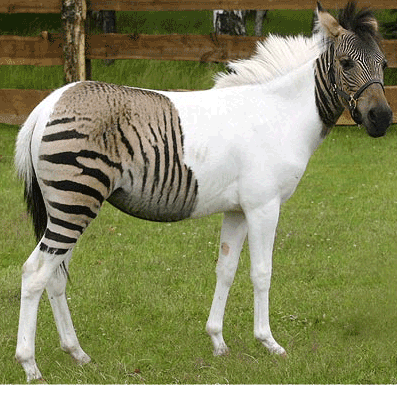The Ethics of Breeding – More than a popularity contest
Printed in: Atlantic Horse and Pony, February 1990:
“She’s not grown as much as I thought she would”. How many times have people in the breeding industry heard this comment voiced of a foal out of a favourite old mare who’s “a bit on the small side”, but has been bred to a stallion who’s “got the size” to “throw a big foal”. Comments in this vein, connected with substance, size and structure (the three “s’s”) are heard all too often.
When selecting a stallion to breed to, it is important to consider exactly what type of offspring one is hoping for, and to remember that the mare, in most cases, does play the major role in what the foal will look like. As a consequence, it is hopeless to breed a 14.2 hh mare to a 17.2 hh stallion, and expect to be guaranteed a 16.3 or 17 hh offspring. In most cases this just won’t happen. Now, I realize I’ve just laid myself open to the exceptions that prove the rule, but that is what they are: exceptions.
There are many excellent articles and books written on the subject of selecting a suitable stallion or mare to breed, or the even more specific and fascinating subject of genetics. Your local library or equine vet. should be able to assist you in this matter. This is not my aim here. What I wish to indulge in is a brief discussion on the ethics of breeding and its relationship to the equine marketplace.
In the past, many poor quality horses have been bred as a result of breeding either sub-standard or unsuitable mares or stallions, or by over breeding to a popular stallion, simply because of his popularity. The faults behind these practices lie at the doorstep of the mare owners, but more so inside the stallion owner’s door. It should be the responsibility of the mare owner to select a suitable stallion, but the final word should rest with the stallion owner. There are several reasons behind this: The owner of a proven stallion should have an idea of what that stallion is capable of throwing or improving upon. Not all stallions are equal in this, some being more prepotent than others in specific, or all, areas. A stallion owner should always be conscious of the aim to improve the standard of the stock. In most cases, the stallion owners have more experience within the breeding field. They are the experts. They should turn down a mare who, in their opinion, is unsuitable for their stallion.
Now, I hear many stallion owners out there yelling “… but I can’t possibly afford to do that.” Consider this: Many mare owners (and stallion owners too) are breeding to sell the foal. In many cases, because of there being an excess of poor quality stock available on the market, it becomes impossible to sell the foal for a realistic price. Let’s face it, most young stock is sold at a price which barely covers the cost of producing it. In these cases, the mare owner is going to become disillusioned and decide not to breed back, no matter how nice their foal was. Bingo! The stallion owner has lost a stud fee. Penny wise, and dollar foolish.
Another point worthy of consideration is that if a poor quality mare produces a poor quality filly, then in five or ten years time, (if the attitude has not changed), someone is going to decide to breed her. The whole process is repeated, and nothing is improved upon.
To mare owners reading this, I ask: Wouldn’t you prefer to breed to a stallion whose owner has the aim of producing the best quality foal possible? Wouldn’t you prefer a foal that, should you choose to sell, is going to make some money for you? If you approach a stallion owner, and he or she feels that your mare is not suitable, don’t be insulted. Use it as a learning experience, ask questions. If your mare is a totally unsuitable candidate for any stallion (yes, they do exist!), then the stallion owner may know of a mare that is available for lease who would suit your needs. I can think of three such mares right now.
To stallion owners reading this, I ask: Wouldn’t you really prefer to breed quality mares, see your stallion’s progeny improve in quality, and have repeat breedings from customers who are satisfied because they sold last year’s foal at a profit? If a mare is really unsuitable for your stallion, explain to the owners why, and maybe suggest another stallion that may be more suitable. Remember too, that if your customers are getting more money for their progeny, the market will bear an increase in stud fees, so you’ll be breeding fewer mares for more return.
Horse breeding ethics and standards in Atlantic Canada are, in many cases, far behind those found elsewhere. I don’t think anyone could argue with the success that the regulations in Germany have produced. It is important to remember that at one time there were no regulations there, but building upon a solid foundation, Germany has developed to become probably the leading country in sport horse equine breeding and marketing. I do not expect to achieve such levels here overnight, but it is important to look at the German success, and see what their solid policies have achieved. If a conscience can be developed here, the whole industry will feel its effect and everyone will profit from the policies.
© 1990 Jos Mottershead, Atlantic Horse and Pony Magazine and Equine-Reproduction.com, LLC
Use of article permitted only upon receipt of required permission and with necessary accreditation.
Please contact us for further details of article use requirements.
Other conditions may apply.




